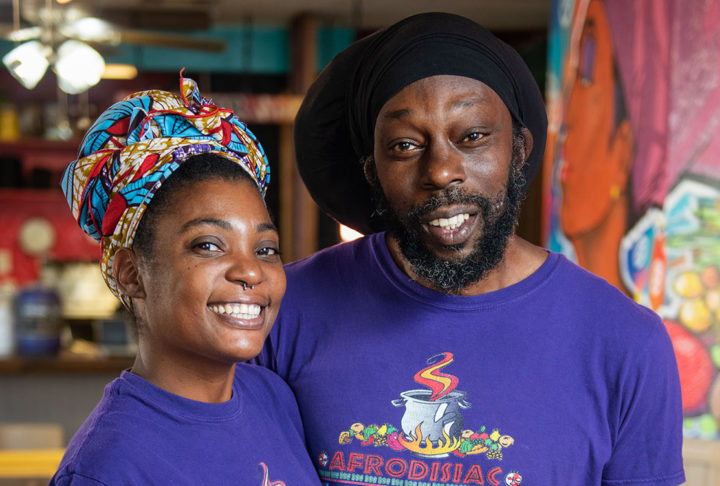 ►
►
Facing Down the Fossils: Renew (VIDEO)
In New Orleans, hurricanes threaten more than lives and property; they also endanger the culture and creativity that make the city unique and drive its economy. Feed the Second Line’s Get Lit
 ►
►
In New Orleans, hurricanes threaten more than lives and property; they also endanger the culture and creativity that make the city unique and drive its economy. Feed the Second Line’s Get Lit
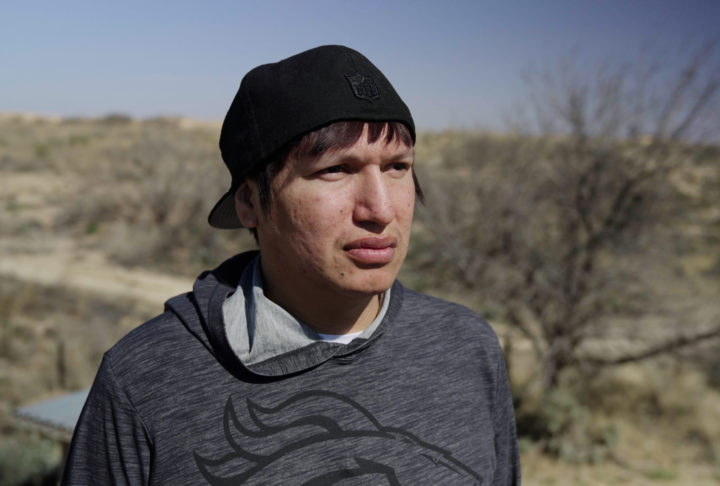 ►
►
From the fracked landscape of the Permian Basin to the Gulf of Mexico, a youth-led journey puts a new focus on the fossil fuel industry. Visiting sacred sites and covering hundreds of
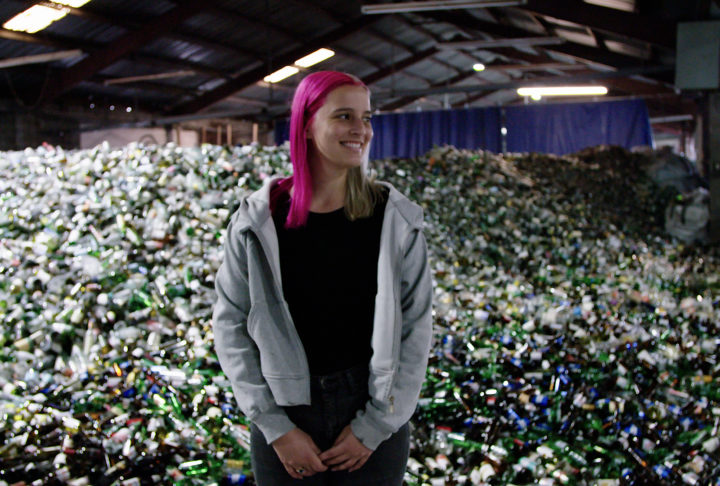 ►
►
Entrepreneurs and researchers are teaming up to perfect a new type of glass recycling that tackles coastal erosion, one of the most pressing issues on the Gulf Coast. Sand made from crushed
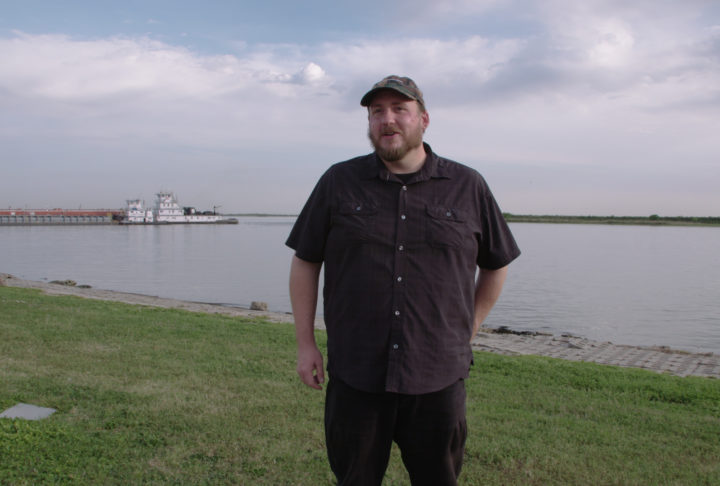 ►
►
The gas industry’s quest for profits is running into resistance from people in the path of new fossil fuel projects. Proposed liquefied natural gas, or LNG, terminals that send U.S. methane to
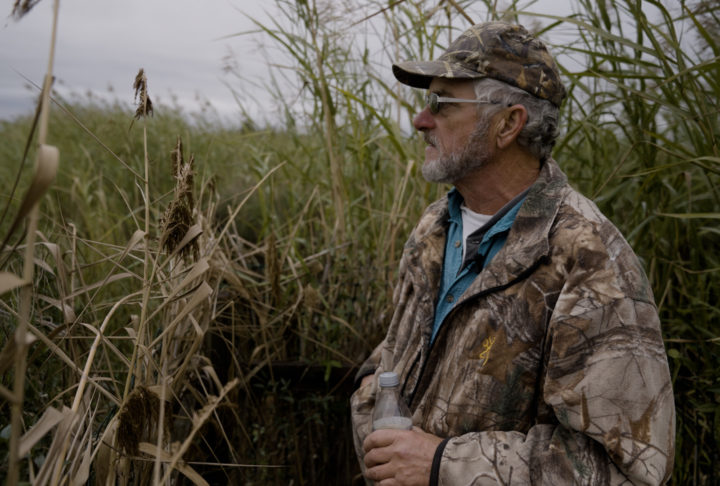 ►
►
In the mid-2000s, the United States unearthed a huge amount of methane – the main ingredient in natural gas. To ship it overseas, companies built factories to compact it into a liquid.
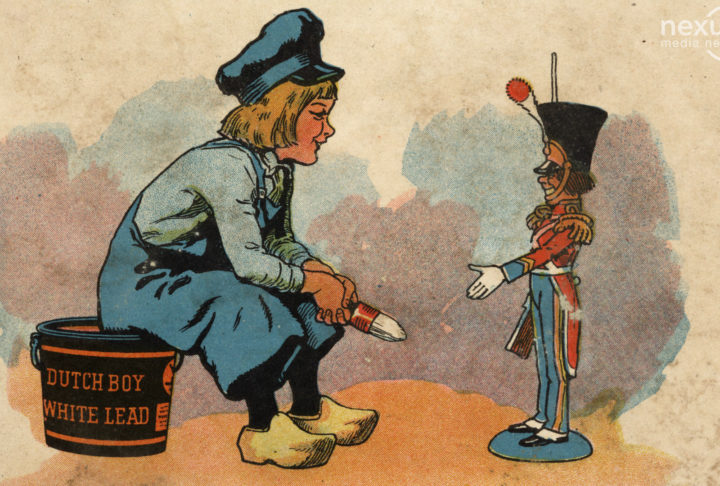 ►
►
Generations after scientists found that lead was dangerous to humans, American infrastructure is still rife with lead: homes, water pipes, automobile fuel and more. This means an astounding number of America's most

California's Central Valley grows a large portion of America's food – and that requires a huge amount of water. But the region is experiencing a drought and drying up the surface water

Before fire suppression policies were put in place at the turn of the 19th century, Indigenous communities across California relied upon regular brush clearings to access culturally important plants. Where dead twigs,

Ironton, a small incorporated community in Louisiana, was devastated by Hurricane Ida. But the destruction was not inevitable. Founded by freed people who were previously enslaved, Ironton residents had to fight for
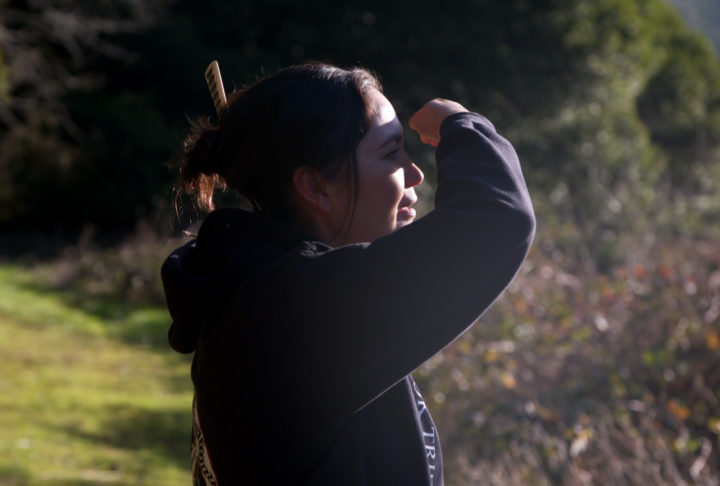
Every spring and fall, Chinook salmon make their way from the Pacific Ocean into the Klamath River, in Northern California. Historically, their black-speckled bodies would swim upstream, around the Cascade and Klamath

America invested in sanitation systems throughout the 20th century – but it often left out communities of color, and they're still trying to catch up. This video explains how specific policies caused
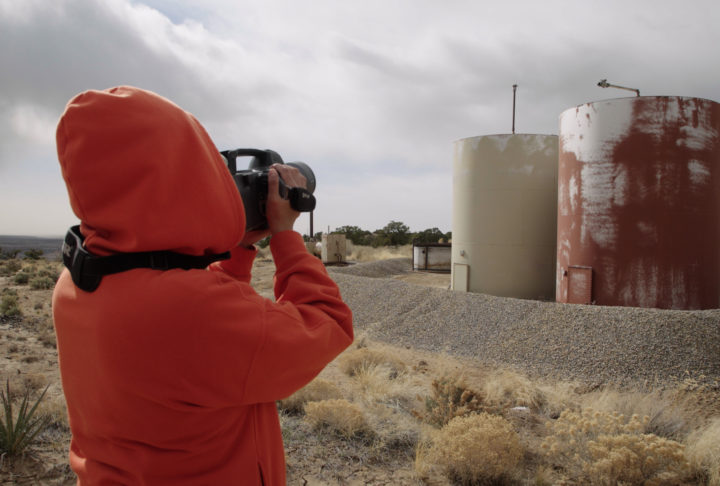
From behind her FLIR GF320 infrared camera, Kendra Pinto sees plumes of purple smoke otherwise invisible to the naked eye. They’re full of methane and volatile organic compounds (VOCs), and they’re wafting

Yurok people rely on California’s Klamath River for sustenance, but the dwindling fish population threatens food security. Tribal leaders aim to restore the deteriorated river for future generations. This video was produced

Today California has out-of-control wildfires, but for centuries Indigenous tribes tended the land with fire. One North Fork Mono leader is on a journey to bring back and legalize controlled burns for

With an infrared camera in hand, a Diné (Navajo) community activist investigates methane leaks at oil and gas sites. Environmental protectors sound the alarm and push for regulation in New Mexico’s San
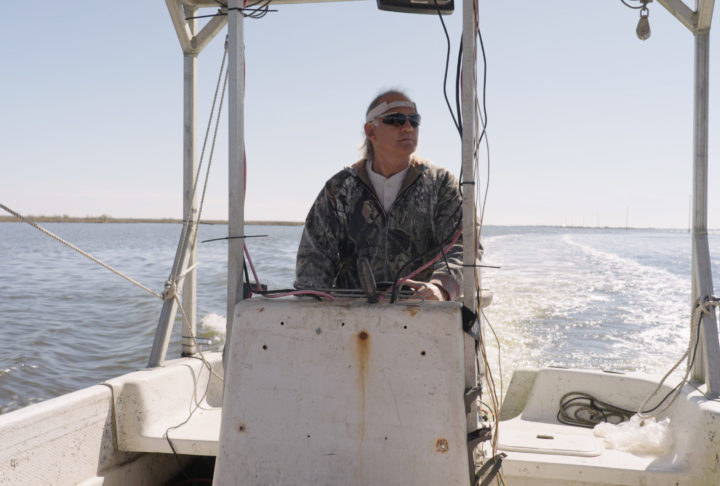
Pointe-au-Chien Indian Tribe second chairman Donald Dardar’s ancestors once lived on land that no longer exists. Situated along the Louisiana bayou, the Indigenous community once stretched miles further to the south. But

After years of degradation along Louisiana’s bayou, Pointe-au-Chien tribal land is rapidly disappearing. Despite land loss and intensifying storms, community members are determined to stay. Read more here. This video was produced
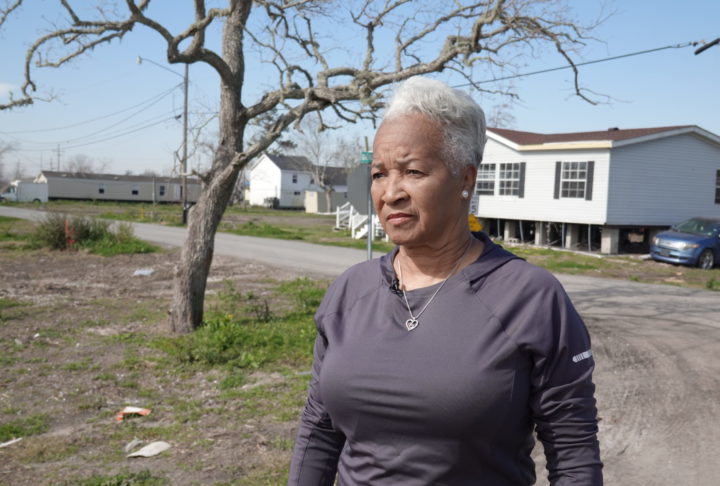
Audrey Trufant Salvant has deep roots in Ironton, a close-knit, majority-Black community 25 miles downriver from New Orleans. Her great-great-great grandmother, who had been enslaved, is buried here, and her descendents kept
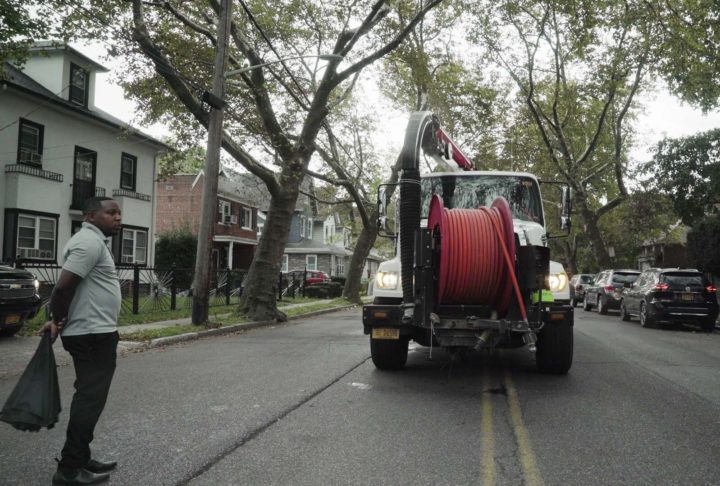 ►
►
In the shadow of one of the world’s richest cities, the people of Mount Vernon, New York face an unpleasant problem inside their homes: sewage. The city’s under-resourced sanitation crew struggles to
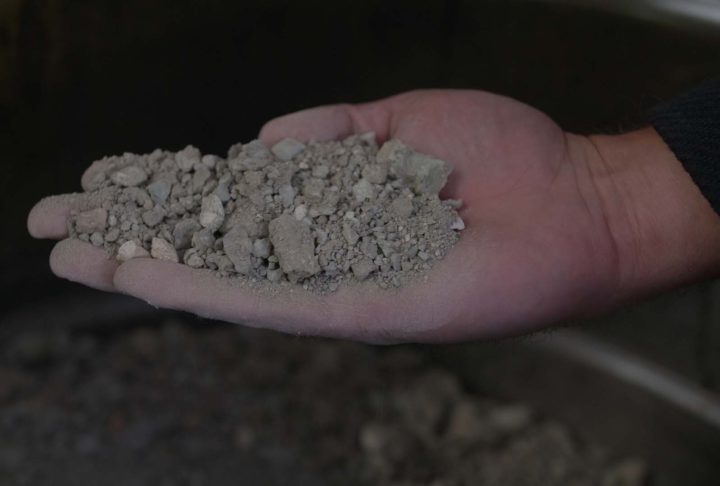 ►
►
On a windy September afternoon in northern Nevada, where her family has lived for generations, Daranda Hinkey fought back tears as she read a description of an 1865 massacre that killed at
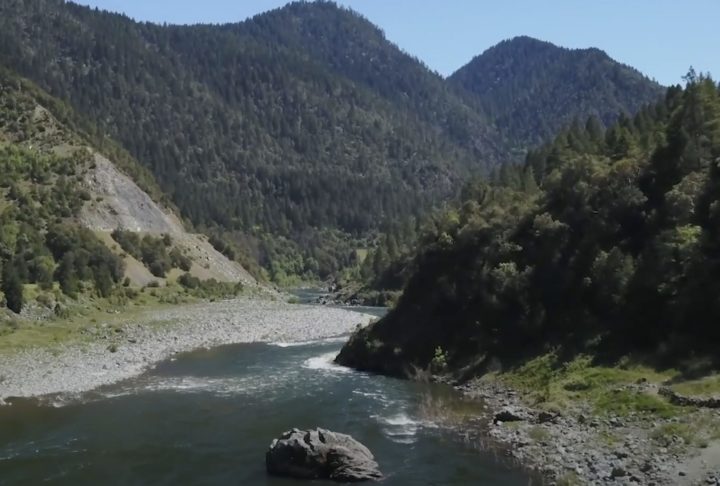 ►
►
Except for a brief stint in the military, Paul Crawford has spent his entire life farming in southern Oregon. First, as a boy, chasing his dad through hayfields and now, growing alfalfa
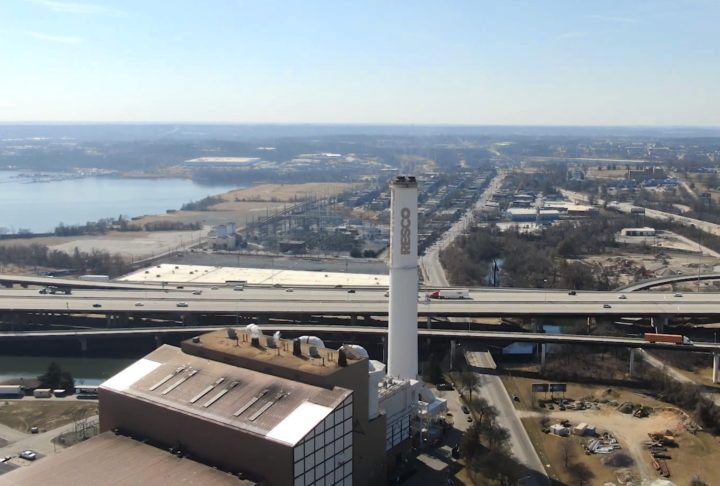 ►
►
This story is part of Covering Climate Now, a global journalism collaboration strengthening coverage of the climate story. When Meleny Thomas first moved to South Baltimore, she thought the towering smokestack emblazoned with
When you paste this story into your backend, you will find a snippet of javascript at the bottom that looks like the code below. This is the tracking pixel. It is a commonly used tool that will allow us to measure the reach of our work. If you prefer to copy the tracking pixel separately, here it is:
<script type="application/javascript">
window.addEventListener('DOMContentLoaded', (event) => {
var img = document.createElement('img');
var src = 'https://www.google-analytics.com/collect?v=1';
src += '&tid=UA-172916447-1';
src += '&cid=1';
src += '&t=pageview';
src += '&dl=' + encodeURIComponent('https://nexusmedianews.com/facing-down-the-fossils-renew-video/');
src += '&dt=' + encodeURIComponent('Facing Down the Fossils: Renew (VIDEO)');
src += '&dr=' + encodeURIComponent(window.location.href);
img.src = src;
img.width = 1;
img.height = 1;
img.setAttribute('style', 'display: none;');
img.setAttribute('aria', 'hidden');
img.setAttribute('role', 'presentation');
img.alt = '';
document.body.appendChild(img);
});
</script>